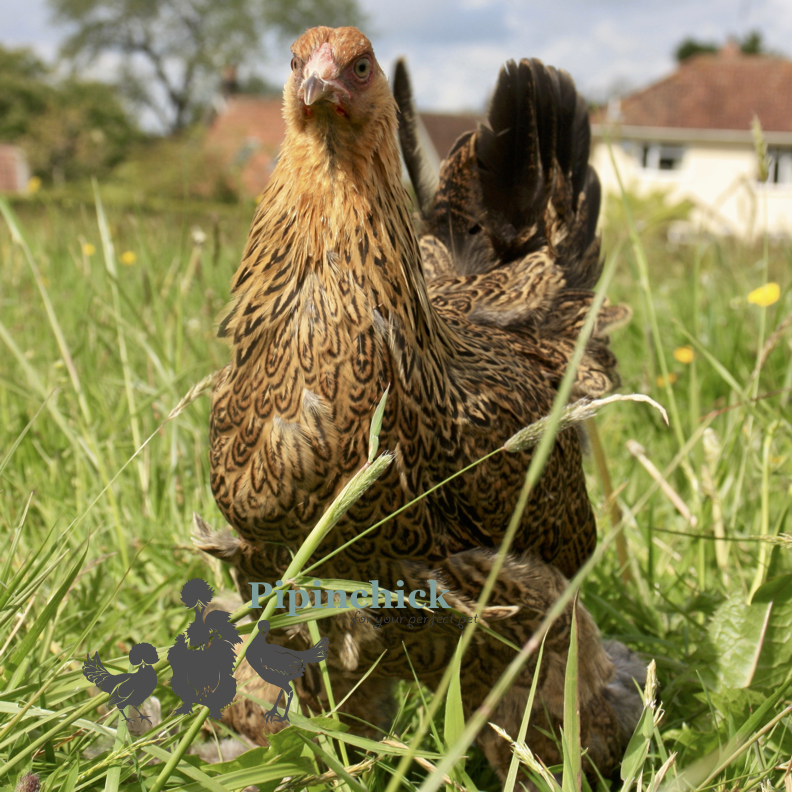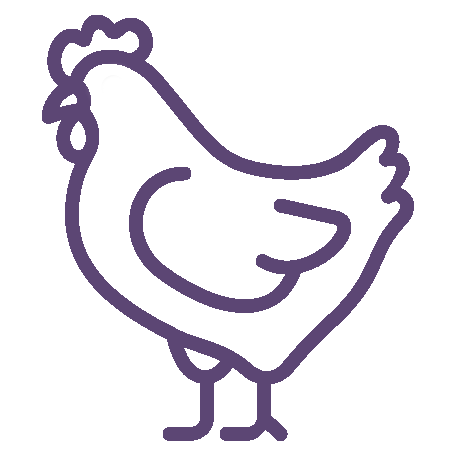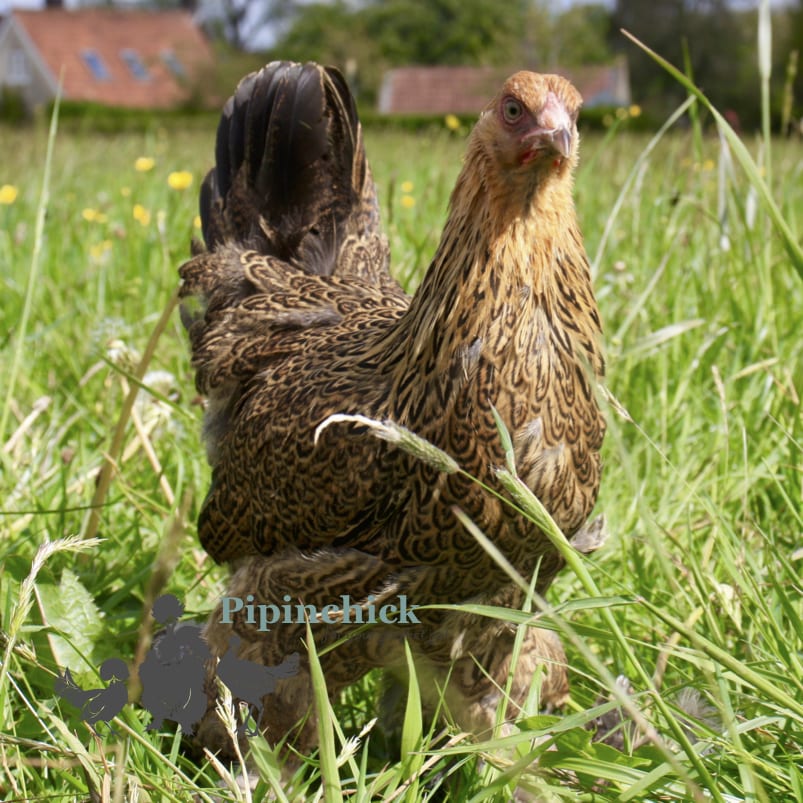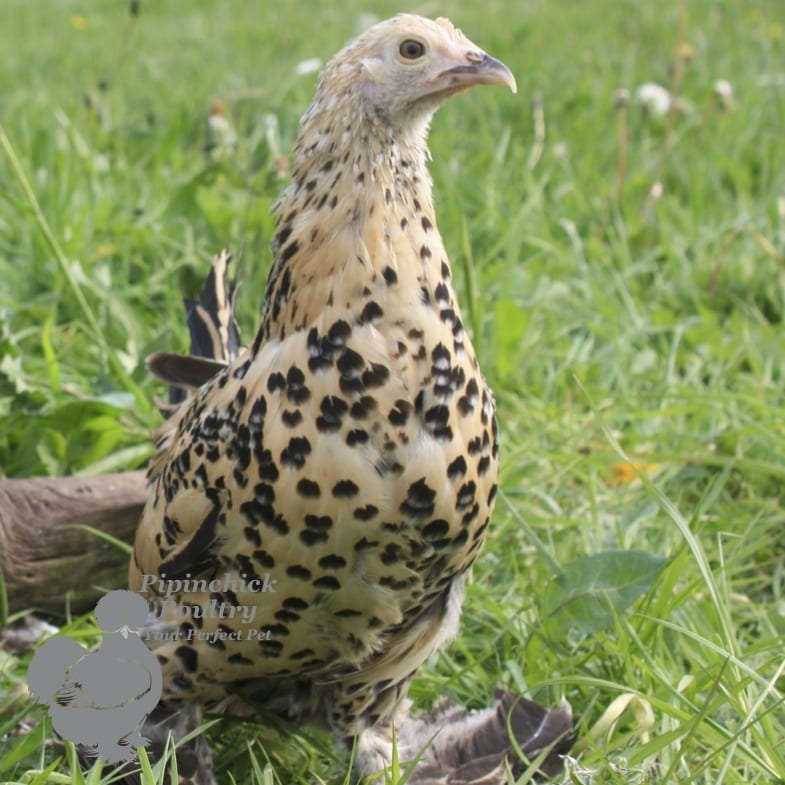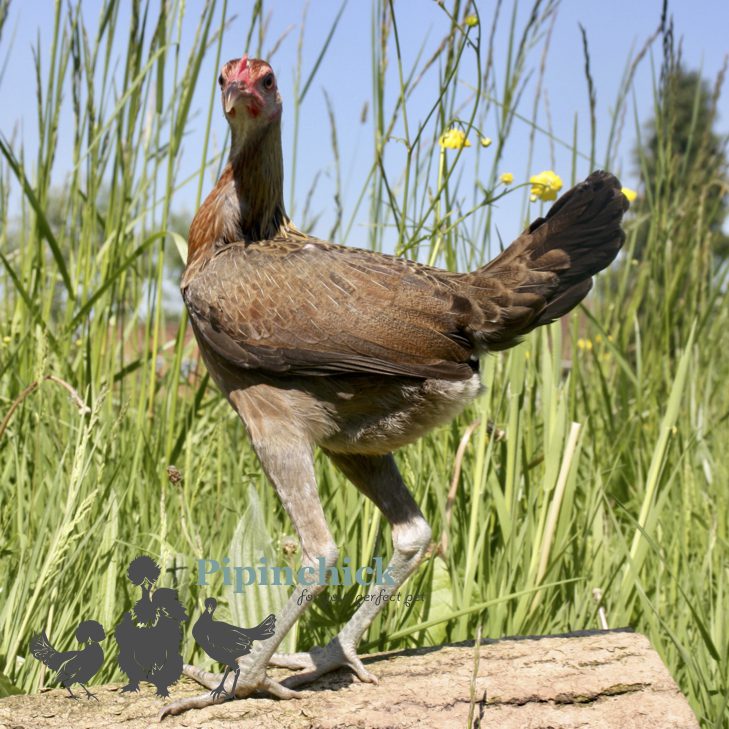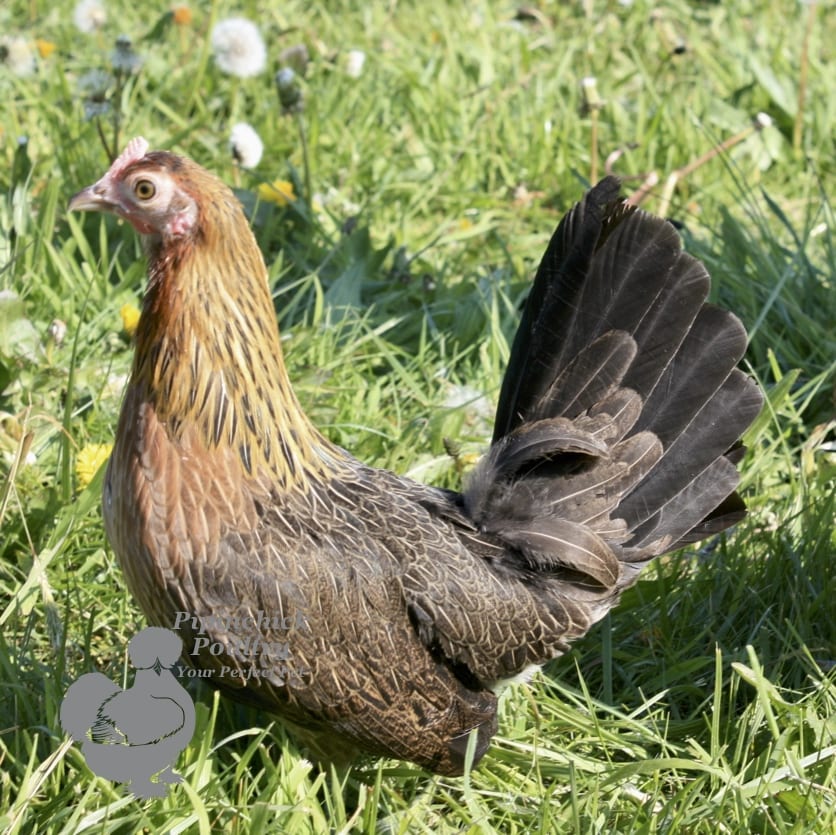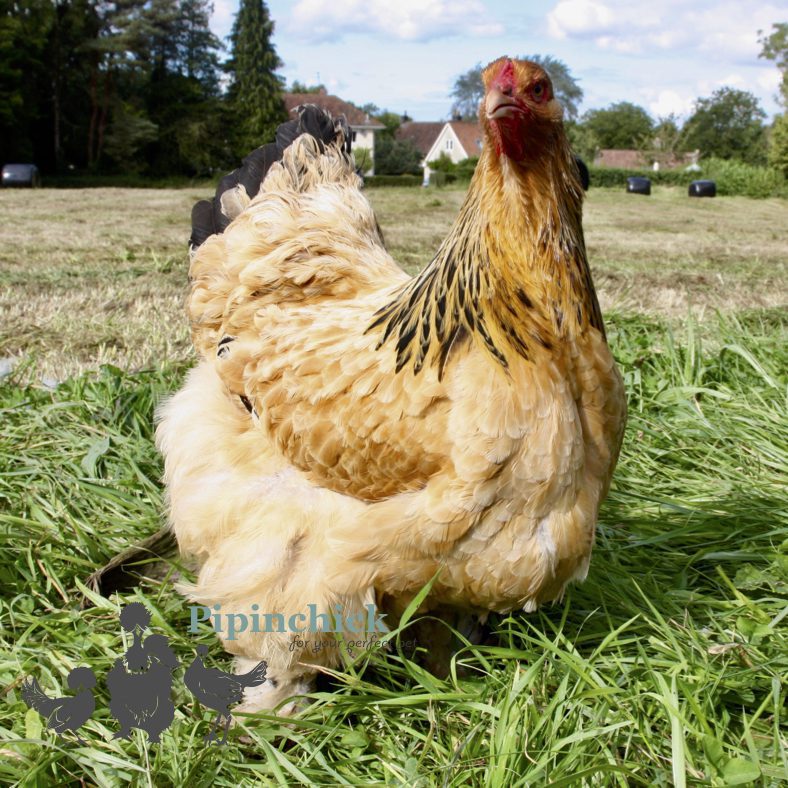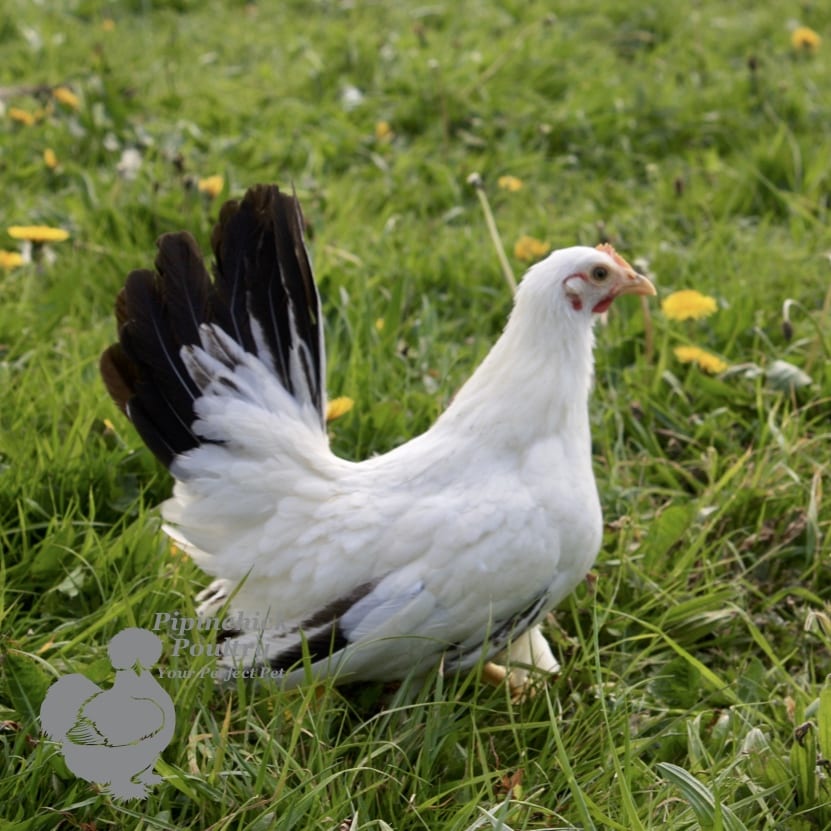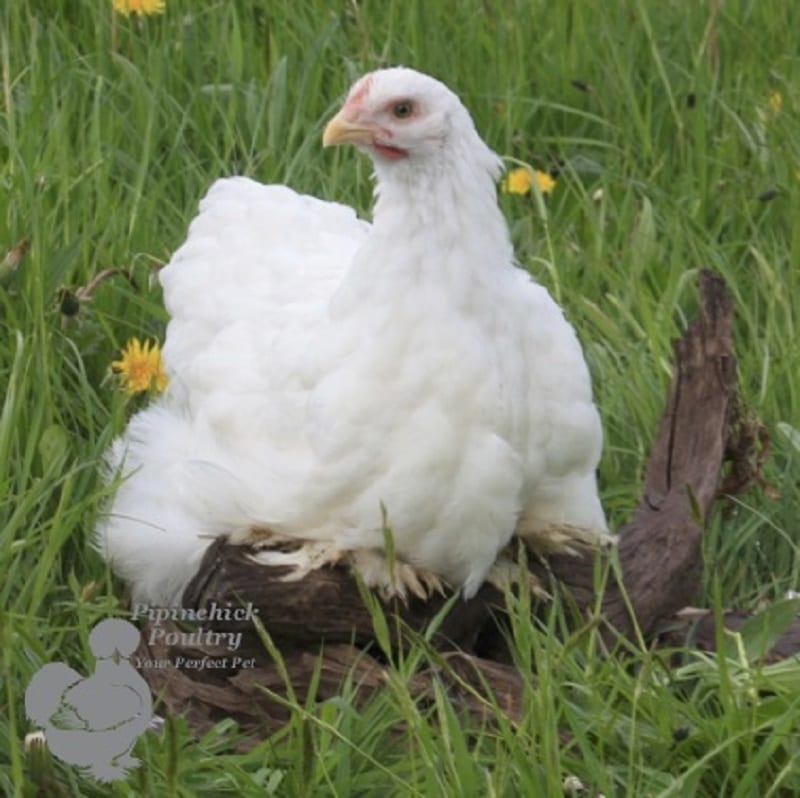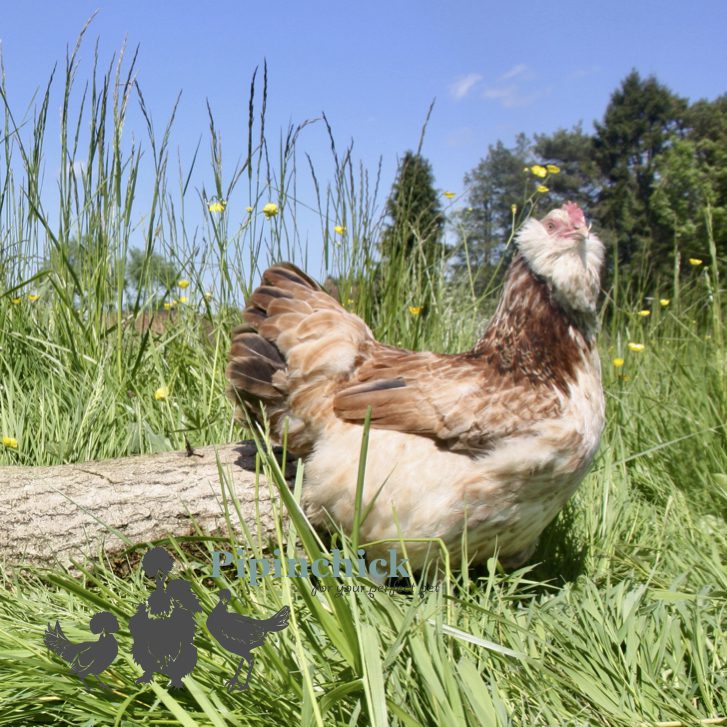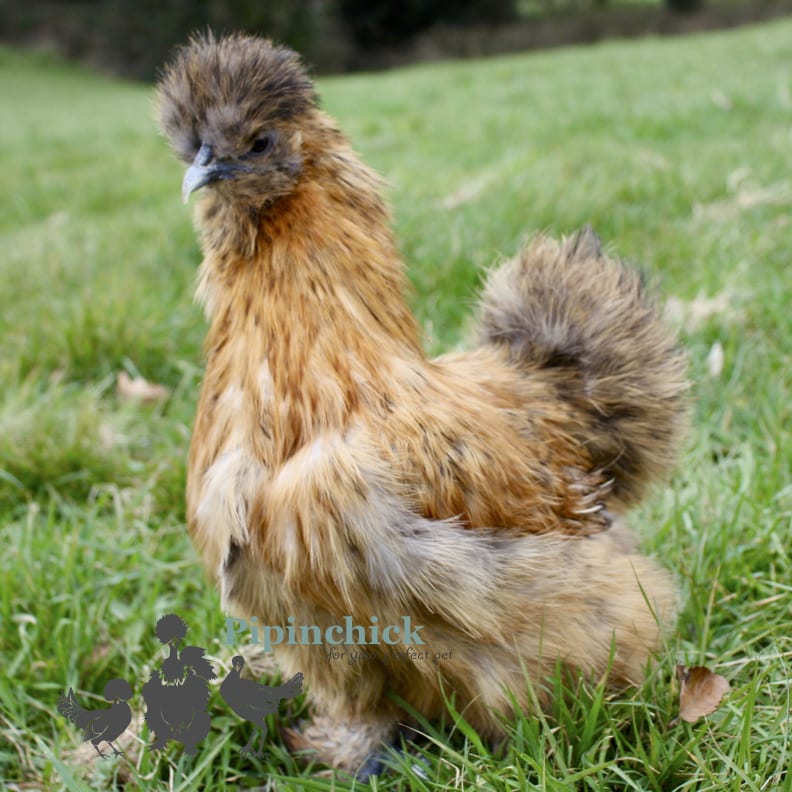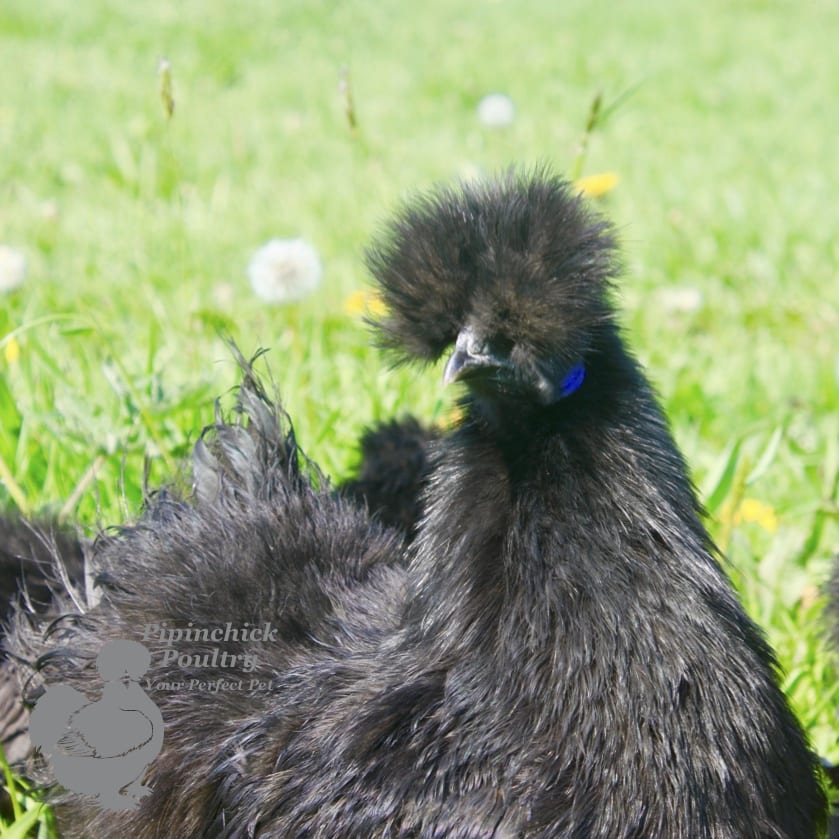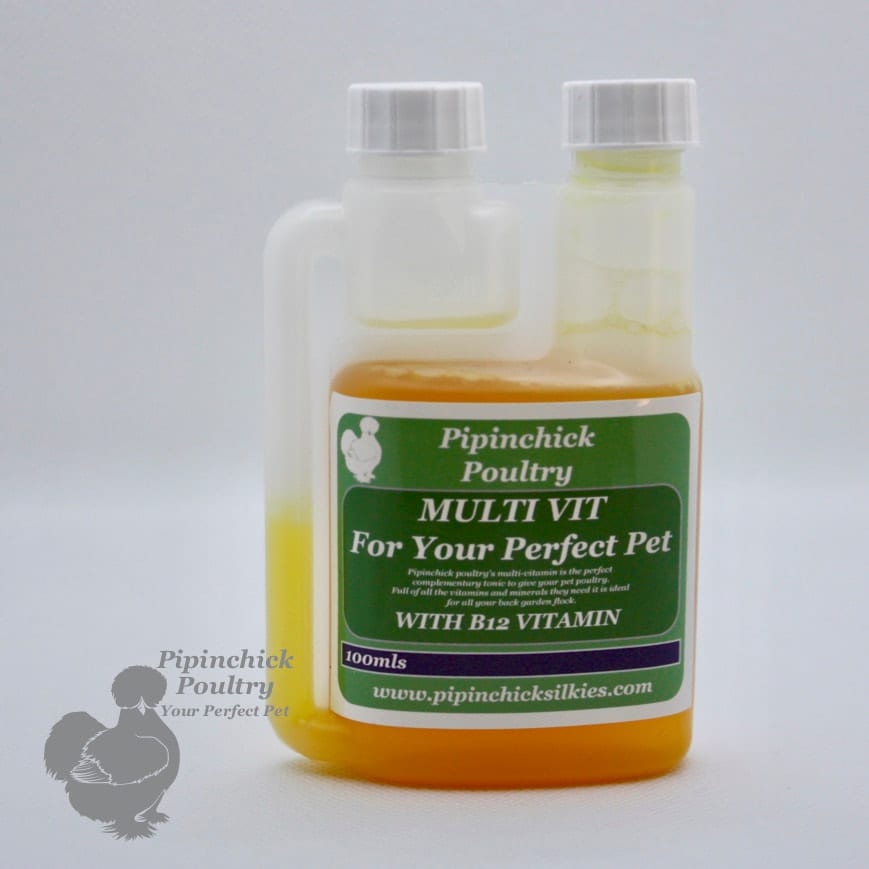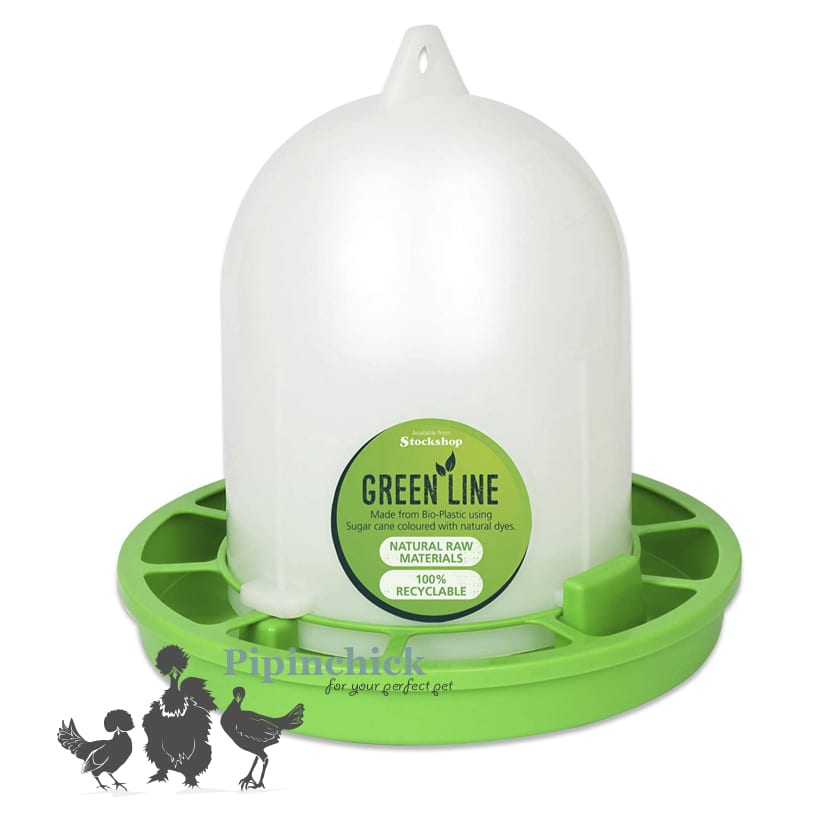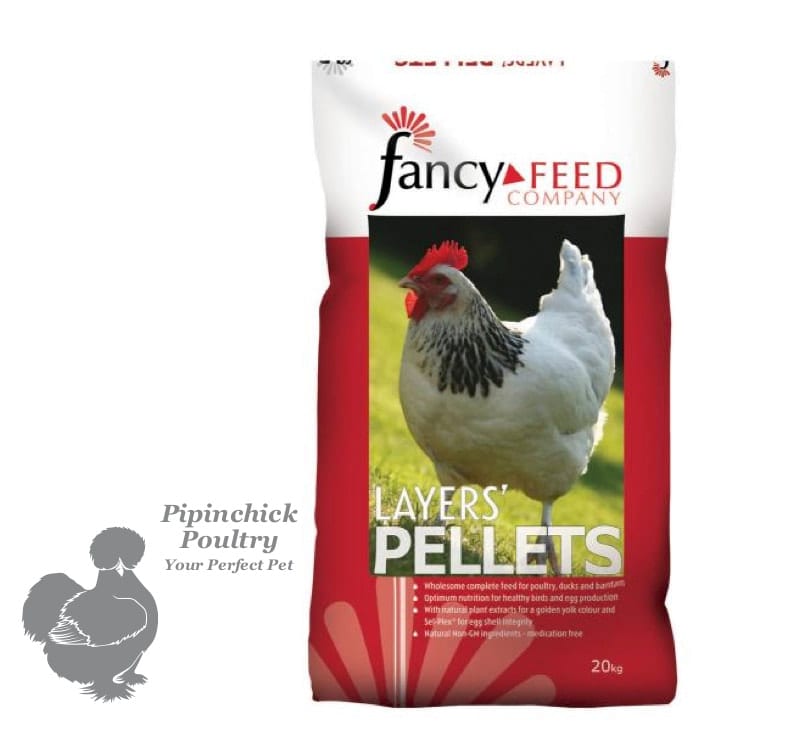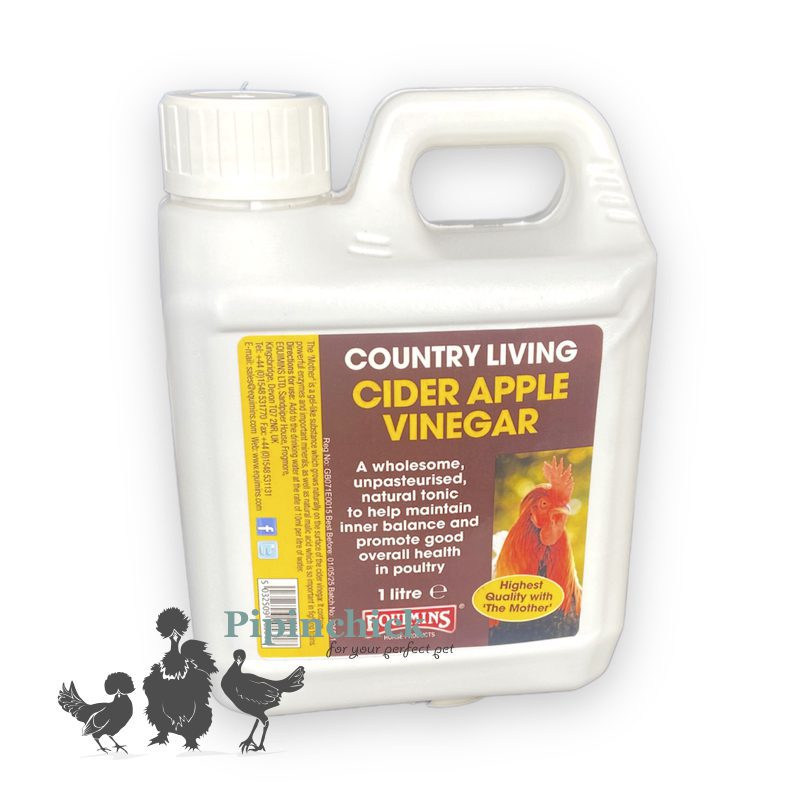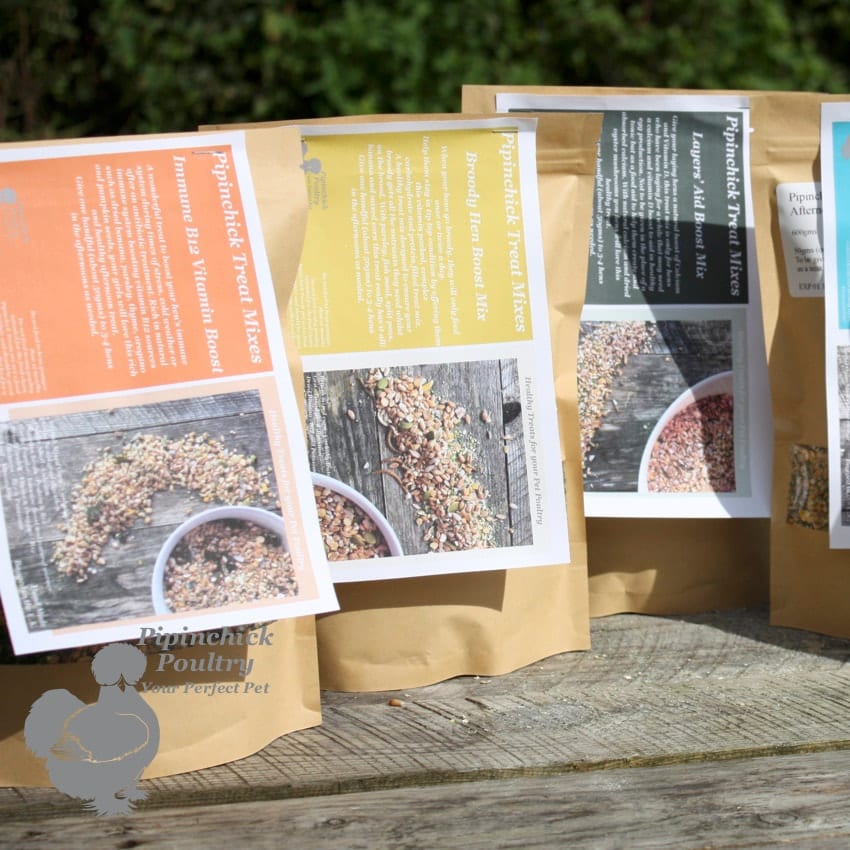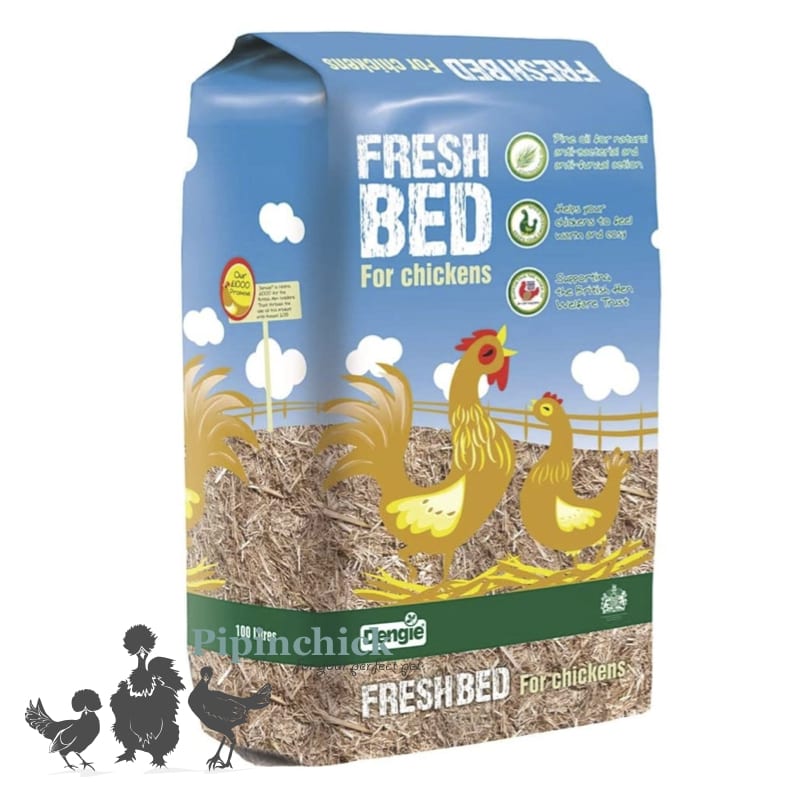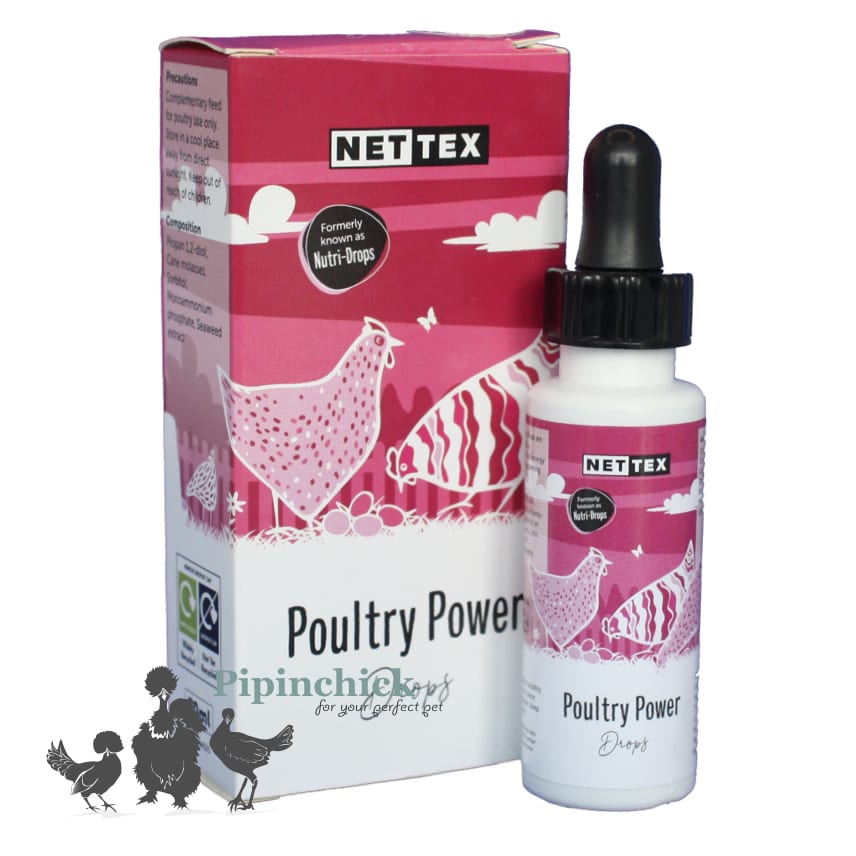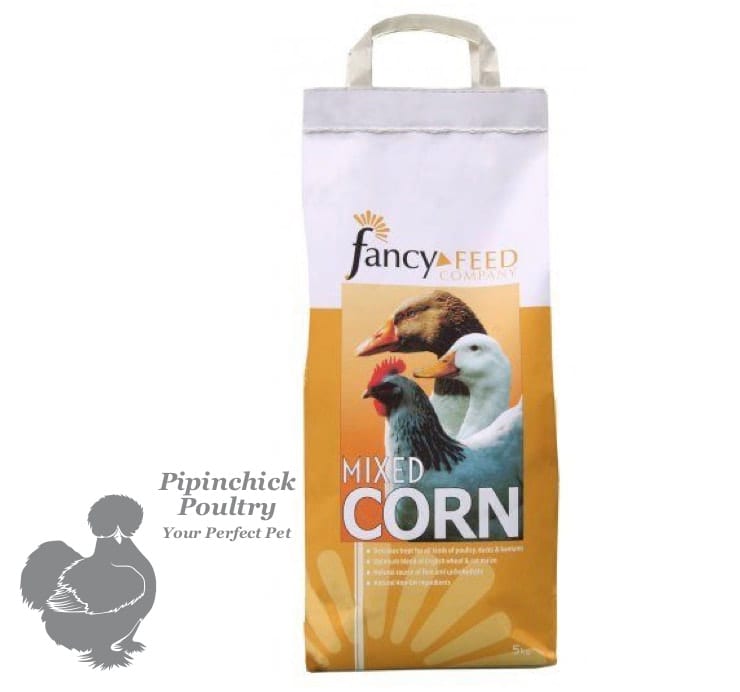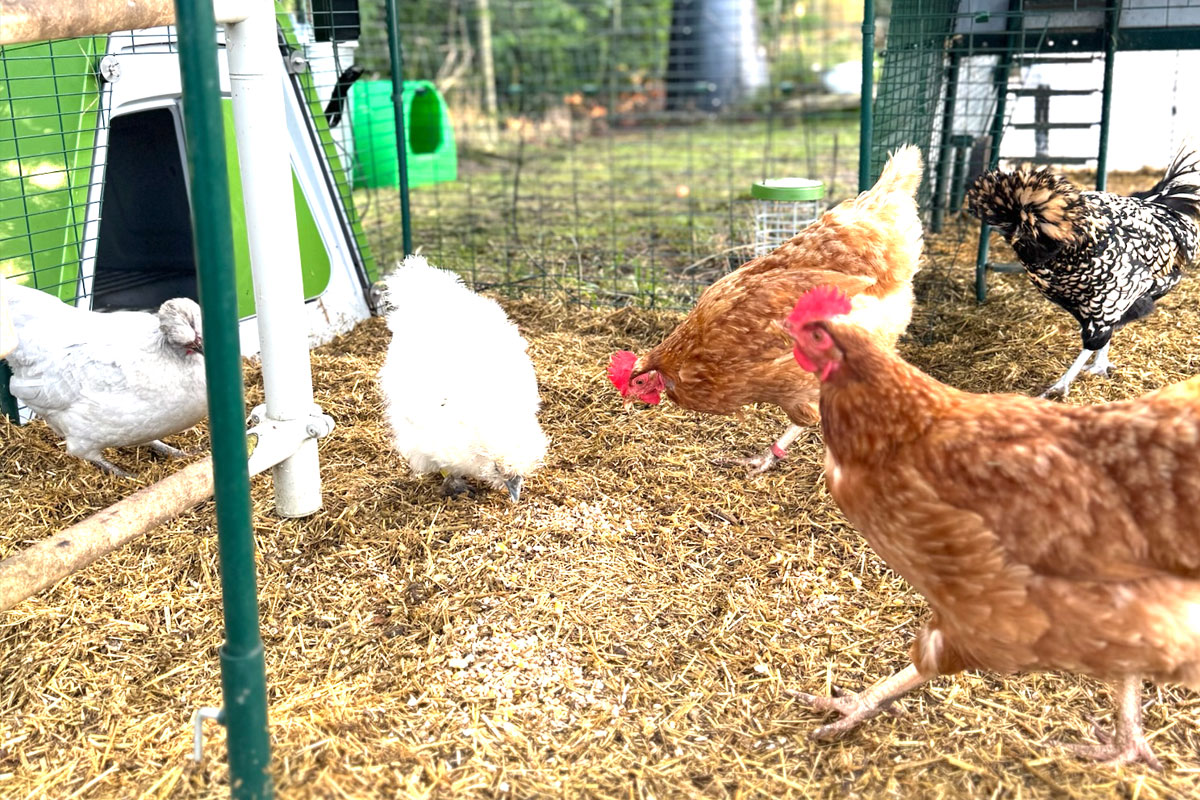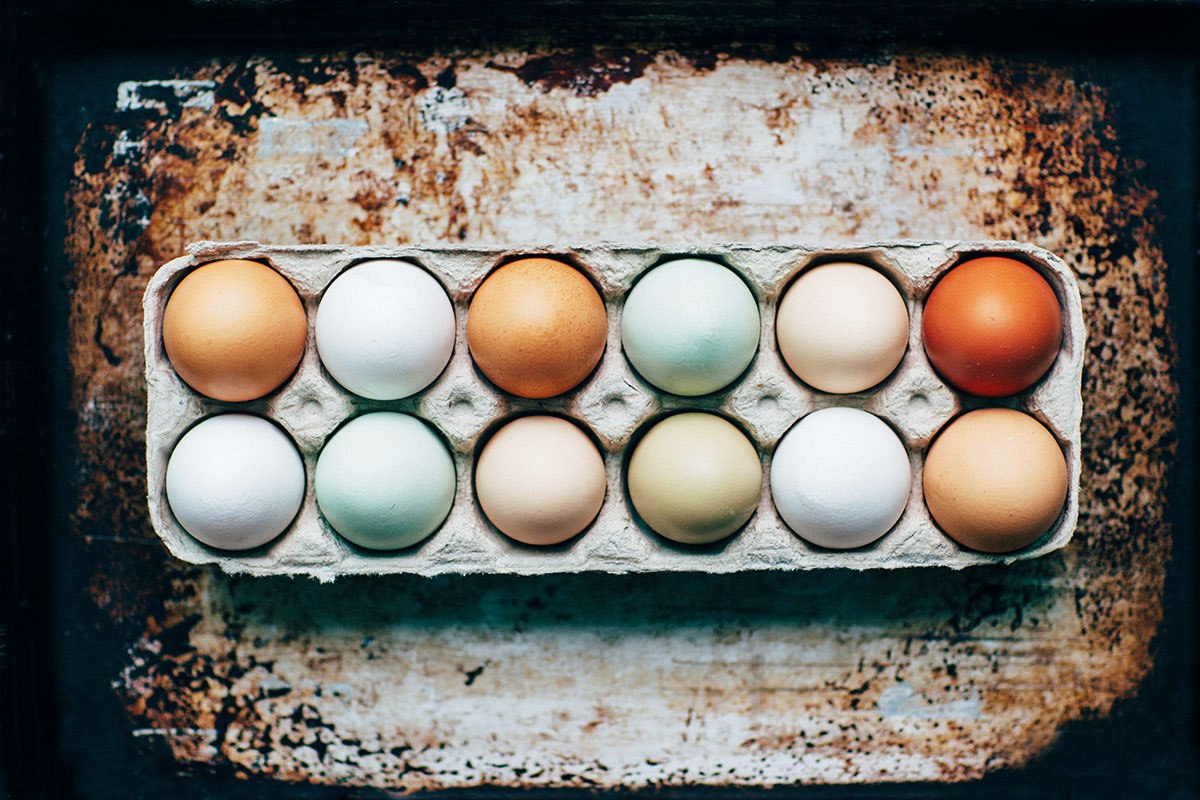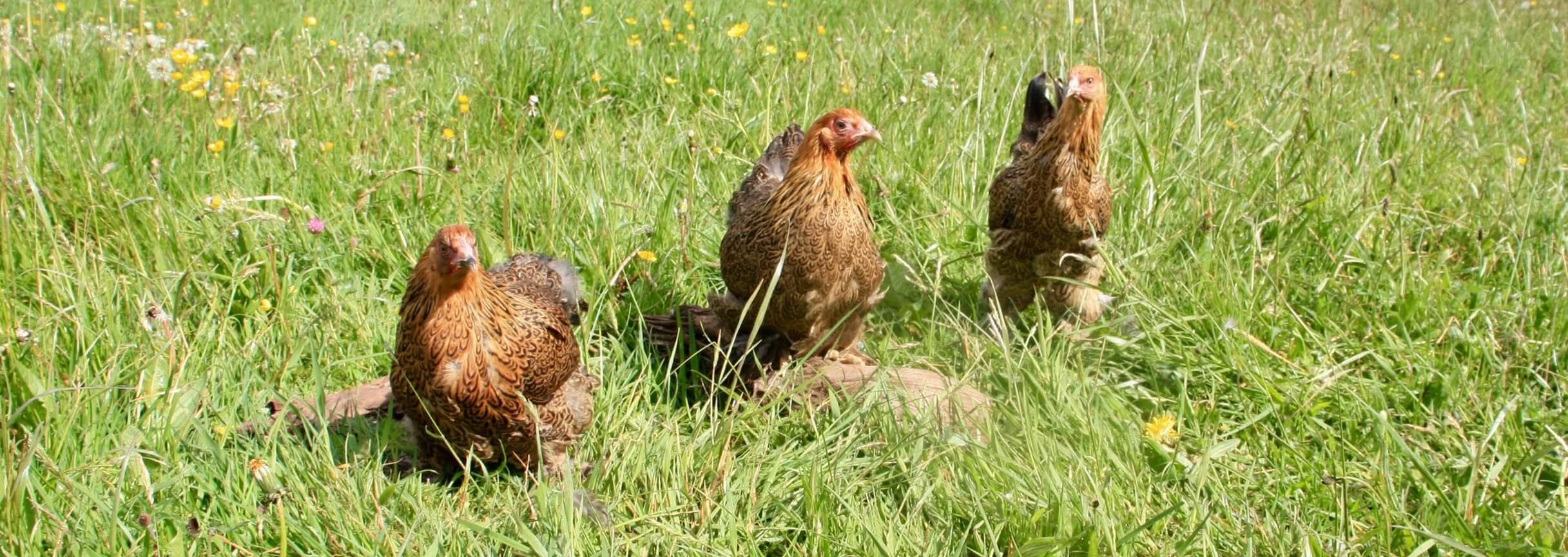


Bantam Brahma Chickens
Adorable Bantam Brahma Chickens For Sale
Introduction to Bantam Brahma Chickens
Bantam Brahma chickens are everything we love about the big hen in a cute mini version. They are incredibly friendly and docile birds and make wonderful pets, they can be mixed with most breeds but are quite timid so should not be placed with more aggressive breeds. Excellent in a back garden set up or happy free roaming, their feathered feet will need a trim and clean in the winter months.
More About Bantam Brahmas
-
Character
-
Suitability
-
History
Character
Bantam Brahmas are such lovely little birds, they make excellent pets for children as they are very friendly and docile. Well suited to our British climate they can even lay well through the winter
months.
They have a gentle nature and are not a bully bird, they can be mixed with almost any other breed including tiny delicate bantams. Perfect as pets they make wonderful garden companions.
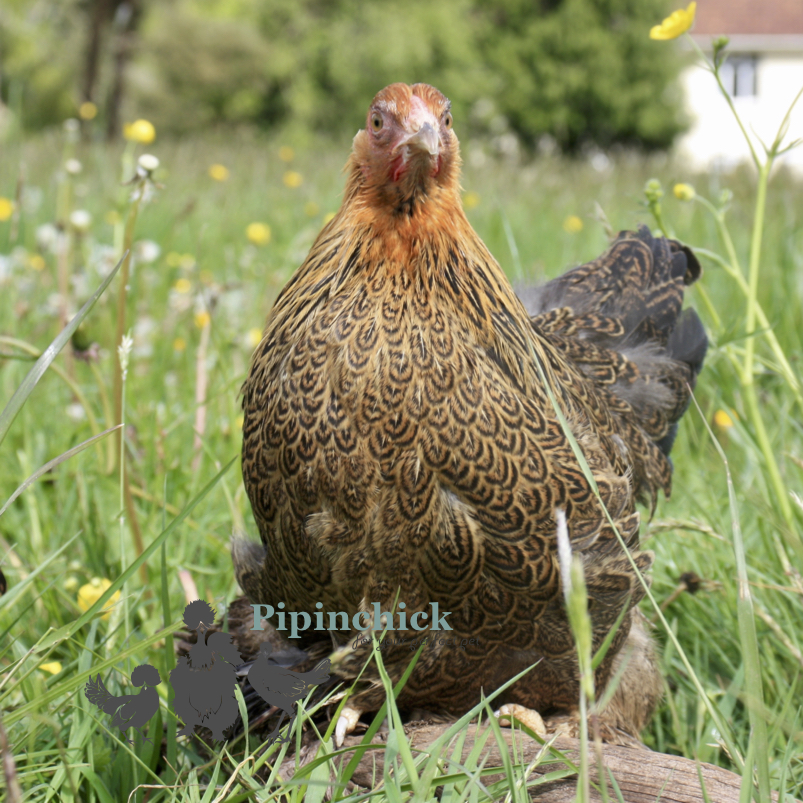
Suitability
Bantam Brahma chickens are perfect for first time chicken keeper, they don’t need a lot of room and are very sweet natured. They can be kept in smaller enclosures and are happy in a back garden coop. They can also be left free roaming and are equally suited to foraging, however, due to their fathered feet you will need to keep on top of their foot hygiene and husbandry during wet periods. They will enjoy being with you when you are in the garden and will potter about with you. They can fly so can manage a house with a ladder or a ramp.
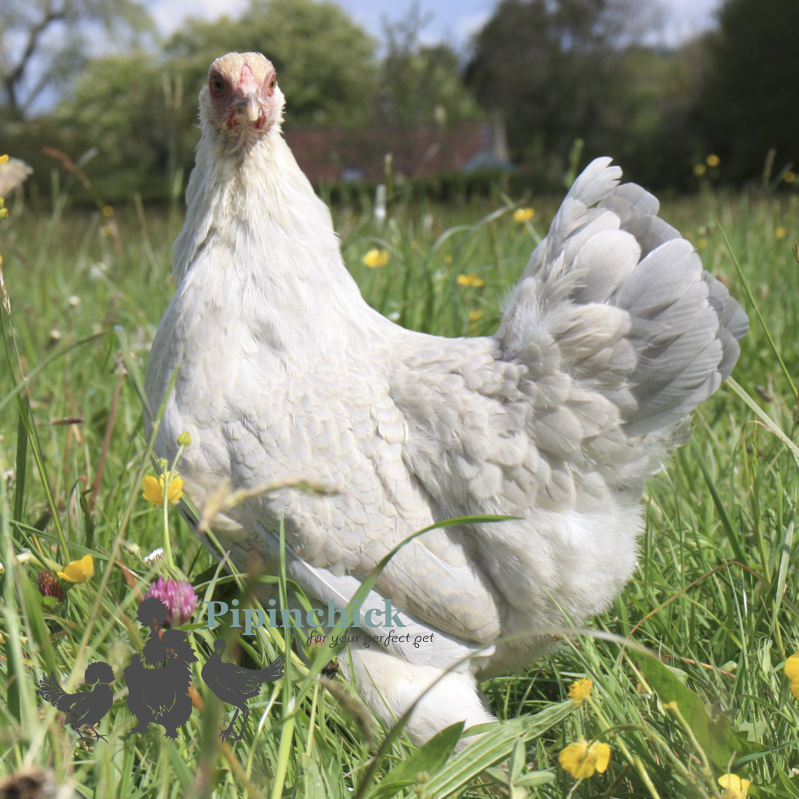
History
The Brahma is said to originate from China, having been exported to the U.S.A in the 1840s. The original breed was known as the “Shanghai” bird as it was first documented as being brought in from the docks in Shanghai. The bird was originally used for meat but was developed in the States as a laying hen and ornamental breed. In 1852 the bird now known as the Brahma was exported to the U.K. The bantam Brahmas are also an older breed, after a failed attempt in England, the breed came into its own in Germany. They can lay through the winter and produce up to 150 smallish sized light brown eggs a year and are not known for being overly broody, they have a life expectancy of up to 8 years.
